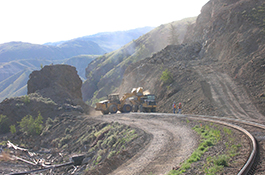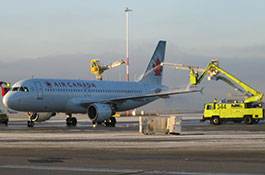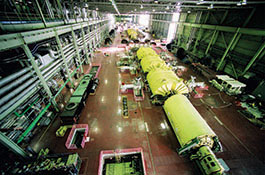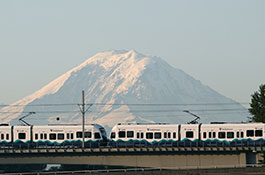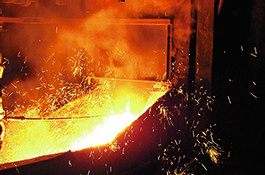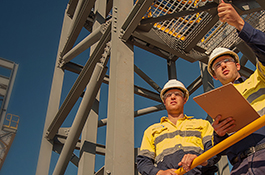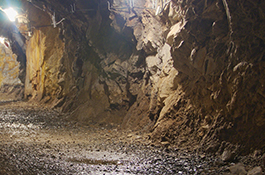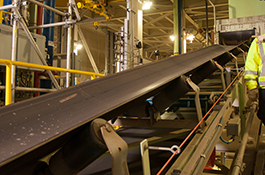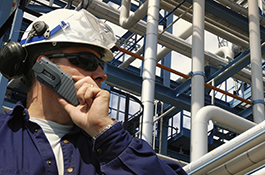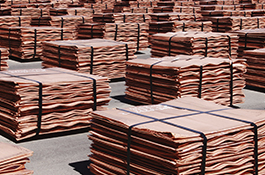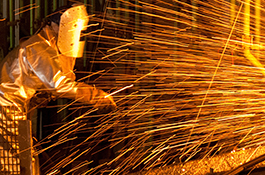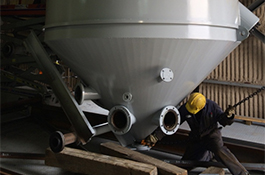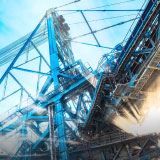

Specialized Engineering Analysis & Design
Capabilities
Blogs

Organizations are shifting focus and adapting to changes shaping global industries, resulting in an increased focus on sustainability, the adoption of digital tools and artificial intelligence, and adaptation to global supply chain changes. These shifts are affecting companies across all sectors, especially in mining and metals. In Southern Africa, these trends have been amplified by infrastructure challenges, reduced risk appetite, and limited capital flows.
Related projects
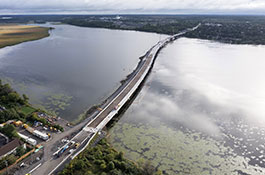
Kingston Third Crossing (Waaban Crossing)
Kingston, Ontario, Canada
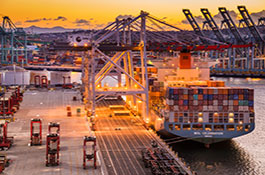
TraPac Terminal Automation Support
United States
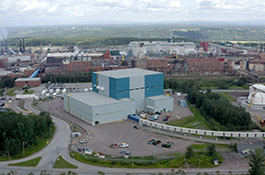
Vaudreuil 2022 ― Phase I
Canada
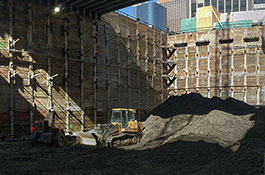
Regional Connector Transit Corridor
United States
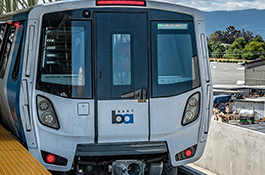
Warm Springs to Berryessa Extensions Systems Design Services
Oakland, CA, USA
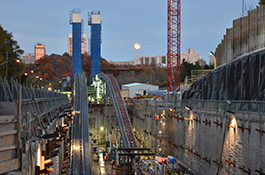
Eglinton Crosstown Light Rail Transit
Toronto, Ontario, Canada
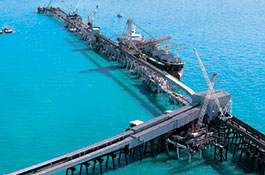
Dalrymple Bay Coal Terminal 7X Project
Australia
Related Services and Technologies
Technical Papers
New dawn: The new circular net-zero age
Hatch, April 12, 2023
Installation and commissioning of a magnetic compensation loop and booster rectifier circuit by means of reliable and economically efficient bolted joints
Travaux 47, Proceedings of the 36th International ICSOBA Conference, Belem, Brazil, 29 October - 1 November, 2018
Impact of platform edge doors on ventilation requirements of underground transit systems
International Symposium on Aerodynamics, Ventilation & Fire in Tunnels, Lyon, France, September 12-15, 2017
All Technical Papers
News
Laura E. Aldrete Appointed as USA Regional Director for Urban Solutions at Hatch
Wednesday, November 1, 2023
